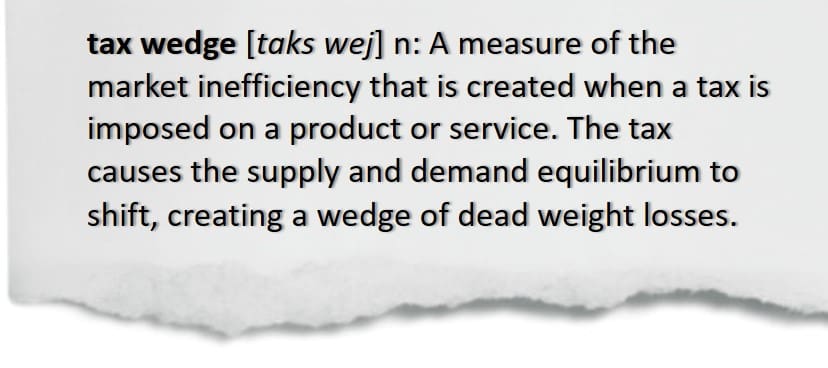 Modern logistics is data-driven, and this concept is becoming essential to success in 2017. Take a look at the increasing geographic, political and price barriers to shipping in different parts of the world and the U.S., and you will notice an increased data-collecting presence
Modern logistics is data-driven, and this concept is becoming essential to success in 2017. Take a look at the increasing geographic, political and price barriers to shipping in different parts of the world and the U.S., and you will notice an increased data-collecting presence
For manufacturers, this means having more detailed, accurate forecasting models ready in real time. Consequently, for shippers the task of tracking product and information data across global supply chains, while balancing rising costs with trying to grow revenue, can feel like a death-defying feat. And it’s not getting less anxiety-inducing anytime soon. A logistics team’s ability to push cost-saving strategies while unlocking higher revenues is nearly impossible without some added supply chain investments
As global trade regulations are experiencing major upheavals today — the most obvious in the U.S. but happening elsewhere too — logistics executives are nursing bigger headaches from increasing complexities of navigating the maze of import and export regulations, product restrictions, hidden costs and high shipping fees.
It’s more apparent than ever that traceability is critical at every level of the supply chain. The importance of using technology and deep supply chain data to identify shipments in detail, alert customers, and re-route goods should not be underestimated. Inconsistent data creates obstacles to automation across supply chain processes. Effective supply chains can no longer view these processes as system independent – they are all linked by common data.
So how does a company accomplish this today? As big data continues to grow in importance, 3PLs and shippers must leverage the data they already have to drive more insights and improve supply chain visibility. There are some steps logistic networks can implement to take advantage of their data to facilitate better, timely visibility and collaboration across the supply chain.
Logistics Networks: Only as Good as the Data
Gone are the days of managing separate teams for each aspect of the supply chain and the reams of paper too, as global trade management (GTM) software makes deeper inroads with global companies of all sizes. While embracing GTM can create more resiliency, responsiveness and better control of a logistics network, a completely integrated ecosystem for better logistics visibility requires proper data.
The key to ensuring good data is to better automate with technology in the following areas:
- Clearly define data requirements — The traditional tasks of simply managing conveyance level information and billing data are gone. Today, they should be replaced by gathering data from multiple sources and essential events that are most consistent and timely.
- Ensure proper data certification — Develop a logistics network project flow of data certification across all aspects of logistics from POs to shipments to classification and packaging data to develop data consistency.
- Monitor data in production — Even certified data must be monitored post go-live, so set up initial data quality reports and then monitor the system for syntactical errors, then work with trading partners through to resolution. Regularly review reports using application tools to analyze data quality concerns, advise trading partners of any issues, and review data quality concerns/metrics.
- Capture and communicate metrics — Set up message latency and log notice alerts along with data quality portlets and scheduled reports. Then regularly run standard data quality reports to watch for and address undesired trends, including tracking issues with inconsistency or latency.
Bigger, Better Bytes
To automate logistics to the highest levels requires information and data that is not always contained in an ERP system; consider seeking a third-party service that can provide reliable trade content from government agencies and transportation providers. These third-party vendors can collect a library containing millions of records and transform that information into the language of global trade to answer questions and speed up automation.
There are several ways that GTM software solutions can support better data for an effective logistics network:
- Product catalog management for a superior online shopping experience
- Proper classification of goods based on descriptions from the product catalog, the country of export, and each consumer’s desired country of import in real-time for cross-border orders
- Accurate landed costs calculation and total cost calculations that include taxes and duties, to prevent underbilling or surprise customs bills for the consumer at the point of sale
- Comprehensive database of global trade regulations; including restricted party screening and prohibited goods
- Instant shipping updates for the shipper and consumer combined with real-time shipment tracking
- Documentation requirements for any regulatory agencies that have jurisdiction over the product throughout the export and import process, including Certificates of Origin and/or Certificates of Compliance to prove traceability
Improving efficiency throughout the supply chain requires total visibility in these areas, and managing them manually is a non-starter in today’s fast-paced world. GTM software that can instantly determine the appropriate product classification is essential, as supply chain operators point to an increased need to accelerate time to market, eliminate waste and errors, and reduce operational and product costs. All of this must be delivered with lower prices to attract and keep consumers with waning brand loyalty.
2017 will not be a bed of roses for logistics providers, nor will the coming year be filled with thorns in the sides of major supply chain entities. By understanding how the industry will evolve throughout 2017, you can prepare your organization for the challenges and opportunities to come.
Gary Barraco, Director of Global Product Marketing, is responsible for developing strategic product marketing direction and presenting the Amber Road brand and solutions worldwide. As the platform evangelist, Gary develops and launches customer insights, go-to-market plans, product messaging and content, and field marketing tactics which establish Amber Road’s solutions as a standard in the Global Trade Management space. Previously, Gary was VP, Industry Development for ecVision for 9 years prior to its acquisition by Amber Road. He has 20 years of active military service where his primary specialty was providing marketing support to Army National Guard recruiting and retention operations in New Jersey. Gary received a BS from the State University of New York and is currently pursuing a Master’s degree at Moravian College.



















